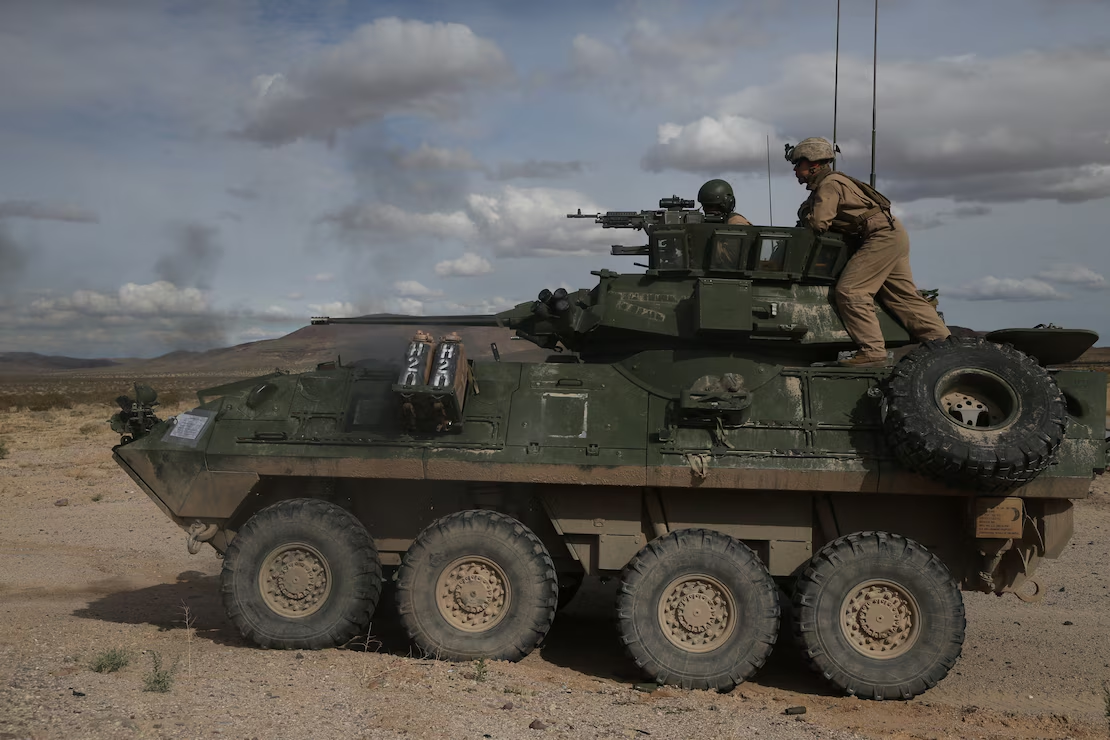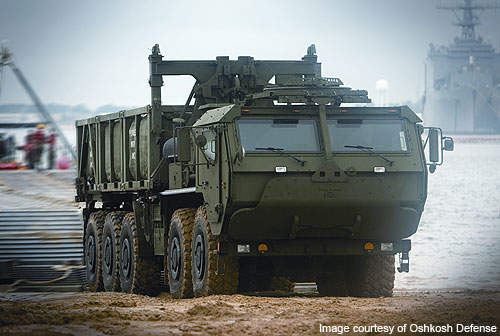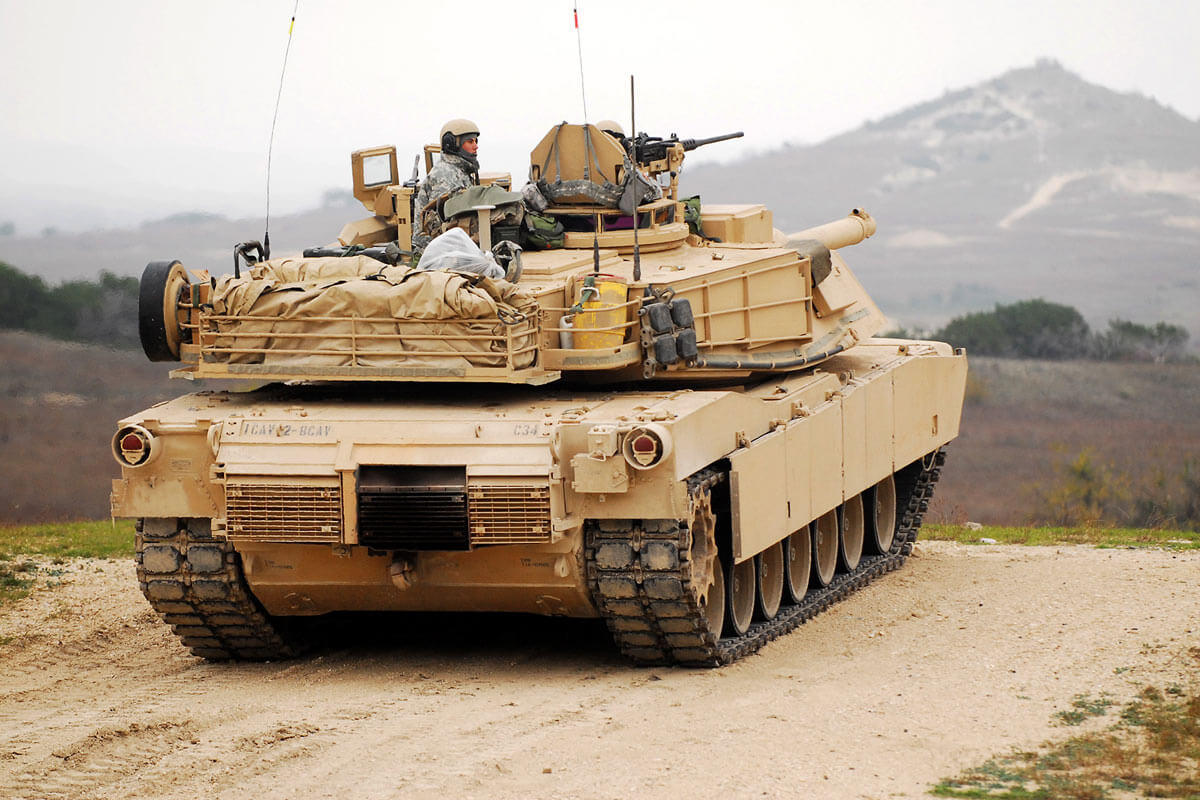United States Marine Corps
Home :: United States Marine Corps
Case Information.
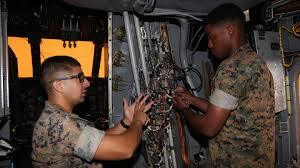
About the Maintenance Center
Products
Some of MC Albany’s products include:
- AAV – Assault Amphibious Vehicle
- LAV – Light Armored Vehicle
- M1A1-Main Battle Tank
- HMMWV – High Mobility Multi-Purpose Wheeled Vehicle
- M88 – Recovery Vehicle, Tracked Trucks, Various Types
- VS-Logistics Vehicle System (MK48 and Trailers)
- M9 ACE – Armored Combat Earthmover
- M970 Fuel Tanker
- AVLB – Armored Vehicle Launched Bridge
Work Process
Challenges
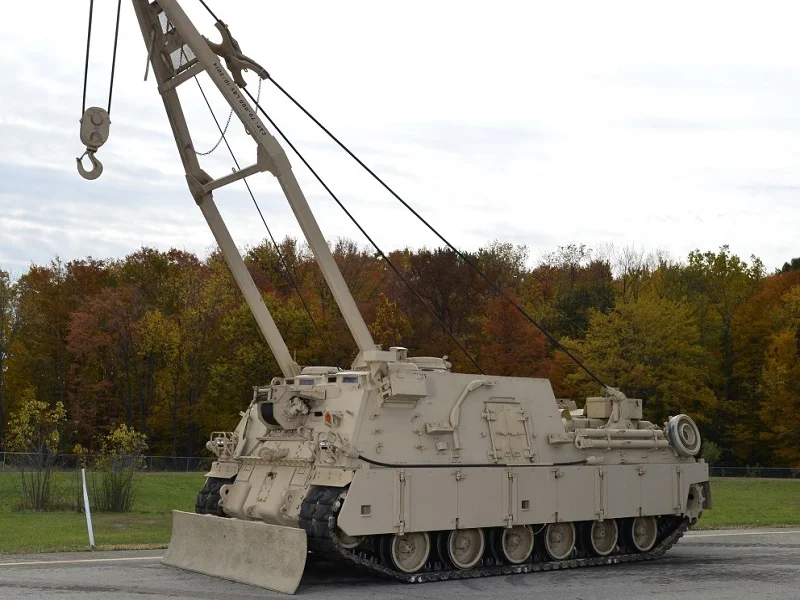
Reasons for Improvement
- First, the work of the Maintenance Center was vital for national defense; delinquent work detracts from the combat readiness of the Marine Corps.
- Second, the Maintenance Center’s military customers were tending towards more and more outsourcing of work to the private sector, where they could get better prices – meaning steady job loss at Albany.
- Third, there are periodic base closures in the U.S. military, and inefficient facilities can be closed, with all workers being displaced or becoming unemployed.
Critical Chain Project Management
Complexity of Overhaul and Repair
Uncertainty in Demand
The uncertainty in demand for parts leads to high Work-In-Progress levels, due to the perception that several units must be disassembled in order to assemble one unit. This perception is pervasive in the overhaul and repair world and is a major obstacle to repair cycle time reduction.
Integrated Enterprise Scheduling
By utilizing CCPM on the MK48 product line, cycle time was reduced significantly, and costs began to come down. The pilot project was deemed a success and it was decided to put all products on CCPM. At this time however, Vector Strategies, the consultant on the pilot, persuaded the Maintenance Center that even better results could be achieved by implementing Integrated Enterprise Scheduling (IES).
IES Implementation
Vector Strategies also integrated the IES solution with the existing MRP II business system. Schedules and reports are maintained in and drawn from the MRP II system. Only the CCPM portion of the IES solution required additional software. The Maintenance Center procured Realization Technologies’ Concerto software for this purpose.
Implementation Timeline
In April of 2002, the Maintenance Center, with Vector Strategies consulting, began implementation of IES plant-wide. The Maintenance Center was very aggressive in tackling the implementation, and it proceeded at maximum speed. The implementation was complete by the end of June 2002, and it has been operating by IES ever since.
Results
IES has now been enthusiastically embraced by the entire Maintenance Center. And since Vector Strategies completed their involvement in June 2002, the Marines have maintained the improvement and the implementation is proving to be 100% robust and sustainable.
Summary of Results
- MK48 repair cycle time reduced from an average of 167 days to an average of 58 days
- LAV-25, reduced average repair cycle time from 212 days to 119 days. All other products have shown similar reductions.
- Cost to repair products has been reduced up to 25-30% in real, inflation adjusted dollars, reflected mainly in reduced overtime.
- All product lines are now 100% on-schedule to customer requirements.
- Repair cycle times have been reduced on average by more than 50%.
- All product lines are now profitable, meaning that they all complete within budgeted dollar amounts
You Want To Work With Best Consulting Solutions Company?

Welcome to Vector Strategies
Whether your business is Manufacturing, MRO, Overhaul and Repair, Supply Chain Management, Government Services, Engineering, Construction, Medicine, Telecommunications or Software Development we believe you know your business. We know how to bring productivity and process improvements to life. And together we can create rapid, quantifiable top and bottom-line business results for your organization.
Use full Links
Our Services
- Holistic Approach
- Logistical Solutions
- Strategic Solutions
Newsletter:
Subscribe to our newsletter to get our latest updates & news.
Get In Touch
Address:
Pebble Beach, CA 93953
Call Now:
858.945.6756
Use Full Links
Our Services
- Holistic Approach
- Logistical Solutions
- Strategic Solutions
- Clients & Industries
- Case Studies
- Knowledge Transfer
